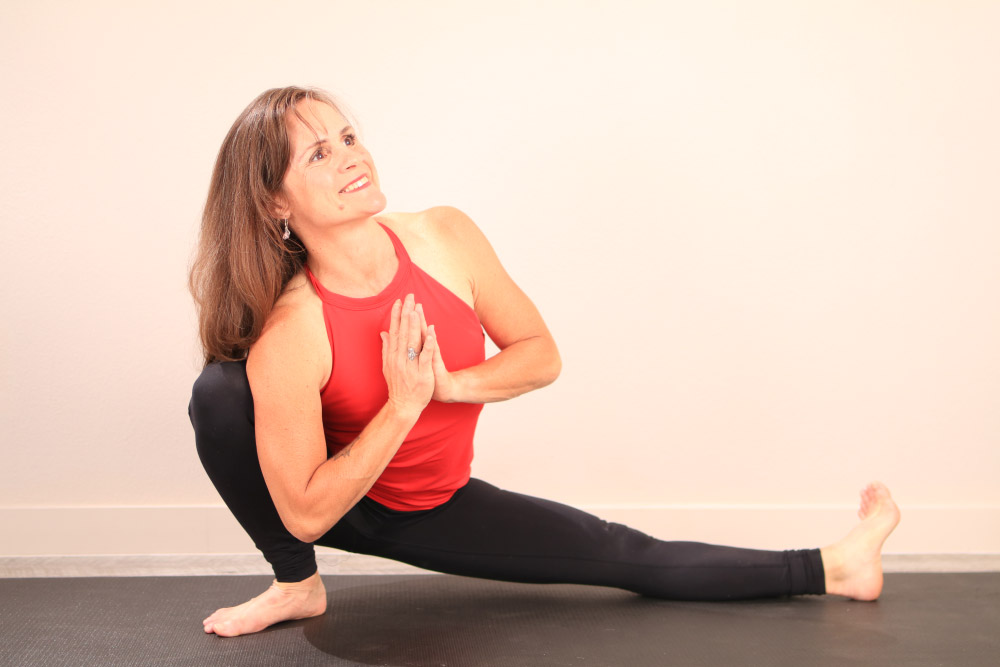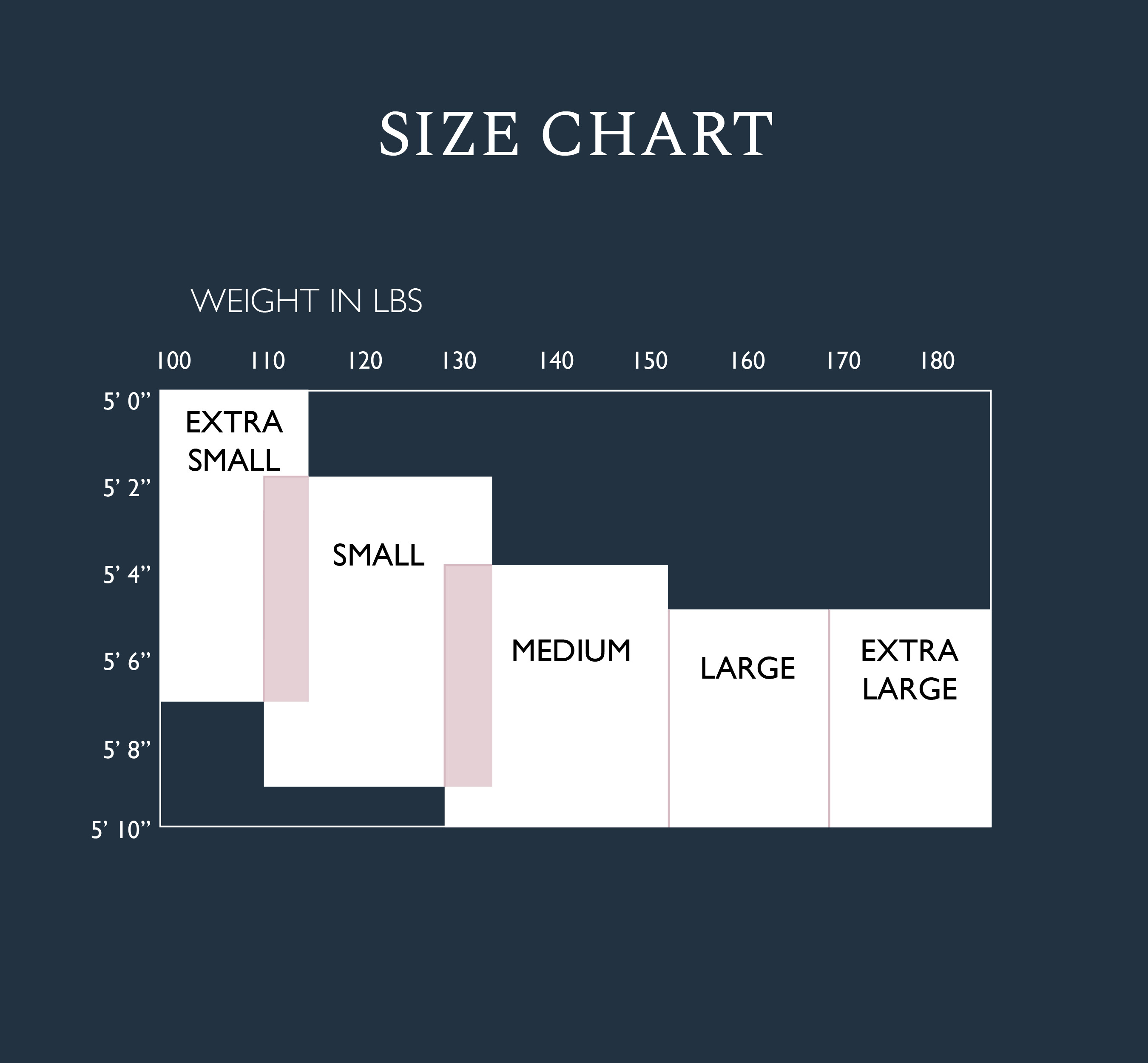
What is Drishti? Developing Concentration
Drishti, or focused gaze, is a means for developing concentration in yoga. I first learned about drishti through the Ashtanga Vinyasa yoga practice. Ashtanga Vinyasa yoga is a prescribed postural sequence developed and popularized by Pattabhi Jois and the many teachers trained in his lineage. In Ashtanga Vinyasa yoga, the postures are linked and performed in coordination with the breath, bandhas, and drishti. In traditional practice, the practitioner maintains a slight tone in the back of the throat to create an aspirant sound throughout the session, known as ujayi pranayama. Each posture in the sequence is held for a designated breath count and each transition is performed on a specified inhale or exhale. The bandhas are energetic locks at key places of power in the body that are said to harness the flow of the energy that is cultivated through the asana. The drishti, or gaze, is also prescribed for each posture, as a means to eliminate distractions, cultivate concentration, and calm the mind.
Many yoga traditions place a strong emphasis on calming or stilling the fluctuations of the mind, teaching that when the mind is calmer, the practitioner will be more able to glimpse the Soul, also referred to as the Self or the Inner Being. Those of you who are familiar with Patanjali Yoga Sutra may recognize this basic premise from the first three sutras. In this yoga model, the sense organs, or jnanedriyas — the eyes, ears, nose, tongue, and skin — are said to draw the attention outward, thus creating greater agitation in the mind and minimizing the likelihood of samadhi.
Before this entry begins to sound too esoteric, examples of this principle abound in our lives. Think about how many times throughout the day, you see something in the outer world — let’s say on your Facebook feed — and then you click on what grabbed your attention. You read the post you clicked on. You have strong opinions and feelings about what you saw. You write something to express your thoughts and feelings. Other people comment on what you wrote with their own ideas and perspectives, which in turn compels you to comment back and so on and so and on. Many exchanges later — for better or worse — you and your attention are enrolled in outer life, focused in the world of thoughts, opinions, and feelings, as opposed to residing in the light of the Inner Being.
Anyone who goes to yoga classes has probably felt the burn of negative comparison that happens when you look around a room and notice that some folks in the room are thinner, prettier, stronger, more flexible, etc., than you are. Once again, looking around, stimulates the mind and the emotions and creates a challenging maze of distracting disturbances to sort through. Or perhaps you hear a song on our teacher’s playlist and you do not like it because it reminds you of something that was painful or upsetting. Instead of being focused on your breath, the posture, etc., you are in the inner jumble of associations and memories the song evoked.
Pratyahara, sometimes known as sense withdrawal, is a yogic tool aimed to help manage the outward flow of attention and energy so that you can direct our attention inward, to the Self. If, when you practice, you hear the sound of the breath,feel the energetic locks, and focus your gaze, you give the sense organs a job to do, which focuses the mind and minimizes the flow of distracting thoughts and feelings.
Most asana systems use the gaze in some way and every system works with focused attention. Perhaps you have been instructed to stare at a point four feet in front of you to help you balance on one leg. Or maybe you have heard to look at yourself in the mirror throughout a class, or to not look at the mirror. Chances are, you have been directed to keep your attention on your own postures, not on the person next to you. As a long-time practitioner of alignment-based yoga, drishti has not been a primary tool in my practice or teaching, but the outer shape, inner actions, and ongoing reflection between the inner and outer aspects of asana comprises a large part of my work with attention. Let’s face it, if you have any hope of exploring the way your inner leg, outer leg, and chest all work together, your mind has to be focused! And those of you who love hot, sweaty flow practices without a lot of alignment details are generally focused on your breath and the flow so your attention is absorbed in a kind of non-ordinary state of consciousness that occurs when the mind is free of incessant chatter.
Regardless of what style of asana you love to practice, when you develop a relationship with your attention, you are developing a relationship with your energy or prana. A great yogic maxim is that “prana follows attention.” When you manage your attention in any way— breath, bandhas, drishti, alignment details, music, movement, mantra— you begin a process of turning inward. This inward-turning process is where the magic of yoga is found because, as you go more deeply inward over time, you will pass through the various layers of who you think you are and find out who you actually are. The deeper you go, the more whole you will know yourself to be. When you contact this wholeness repeatedly over the course of your life,your outer life is transformed from being a distraction into an expression of who you most truly are.
The journey inward is not easy or quick, nor can anyone do it for you. As you peel back the layers, you may gaze on pockets of insecurity, jealousy, anger, and grief. That is to be expected. But eventually — sometimes quickly and sometimes slowly — you will gaze on the depth of your beauty, your compassion, and your capacity to Love yourself and one another. Focus there.
Christina Sell has been practicing asana since 1991 and teaching since 1998. Known for her passion, clarity, and creativity, Christina's teach style is a dynamic and challenging blend of inspiration, humor, and hard work. Masterful at synthesis, Christina's ability to harvest and transmit the unique contributions of various yoga methods is unparalleled. Christina believes that yoga practice can help anyone access their inner wisdom, authentic spirituality and clarify their highest personal expression.
Christina is the author of Yoga From the Inside Out: Making Peace with Your Body Through Yoga and My Body is a Temple: Yoga as a Path to Wholeness. Christina has a BA in Counseling and Education and an MA in Integrative Education and Curriculum Design. Christina is the found and director of Christina Sell Yoga Programs and Trainings. She maintains an active teaching schedule presenting seminars locally, nationally, and internationally. She is a devoted student of Western Baul master, Lee Lozowick, and credits his Influence as the spiritual inspiration behind her life and work.
Christina resides in Buena Vista, CO with her husband, her parents, her dog, Locket, and two very affectionate kitty cats. She enjoys practicing yoga, writing, reading, cooking, hiking, mountain biking, whitewater kayaking and stand up paddle boarding.
Christina Sell is excited to join KiraGrace's outreach to help women find as many ways as possible to express their innate strength, wisdom, and courage. Learn more about Christina here.
If you liked this blog, check out our other blogs like: "Sitting too Much? 5 Ways to Get Moving," "8 Different Types of Yoga: Explained to Help you Choose", "8 Ways to Show Yourself Some Kindness", and "The Secret of Self-Care: Approach over Action."






